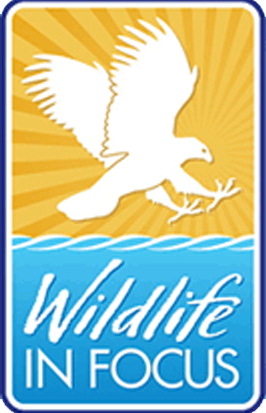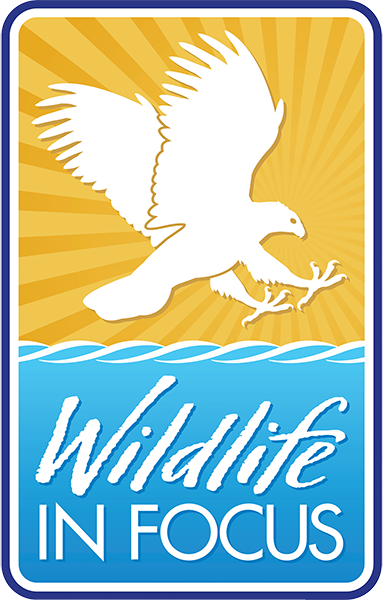- Home
- Videos
- Photo Contest
- View/Shop Images & Books
- 2025 Grand Prize Winners
- Winners of Peoples Choice 2025
- 2025 1st Place Winners Display
- 2025 2nd Place Winners Display
- 2025 3rd Place Winners Display
- 2025 Honorable Mention Display
- 2025 List of Winning Images
- Participants 2025
- Photo & Video Judges 2025
- Photo Contest Participant Comments
- Past Winners
- Species of Winning Images
- Videos – Wildlife in Focus
- About WIF PLT Photo Contest
- Photo Ranches
- Our Sponsors
- Webinars/Events
- Shop
- Home
- Videos
- Photo Contest
- View/Shop Images & Books
- 2025 Grand Prize Winners
- Winners of Peoples Choice 2025
- 2025 1st Place Winners Display
- 2025 2nd Place Winners Display
- 2025 3rd Place Winners Display
- 2025 Honorable Mention Display
- 2025 List of Winning Images
- Participants 2025
- Photo & Video Judges 2025
- Photo Contest Participant Comments
- Past Winners
- Species of Winning Images
- Videos – Wildlife in Focus
- About WIF PLT Photo Contest
- Photo Ranches
- Our Sponsors
- Webinars/Events
- Shop
© 2026 Wildlife in Focus (WiF). Created for free using WordPress and
Colibri
Protected: Board Only
Photo by Bill Harvey & Dave Allen
© 2026 Wildlife in Focus (WiF). Created By Webfoot Marketing and Design

